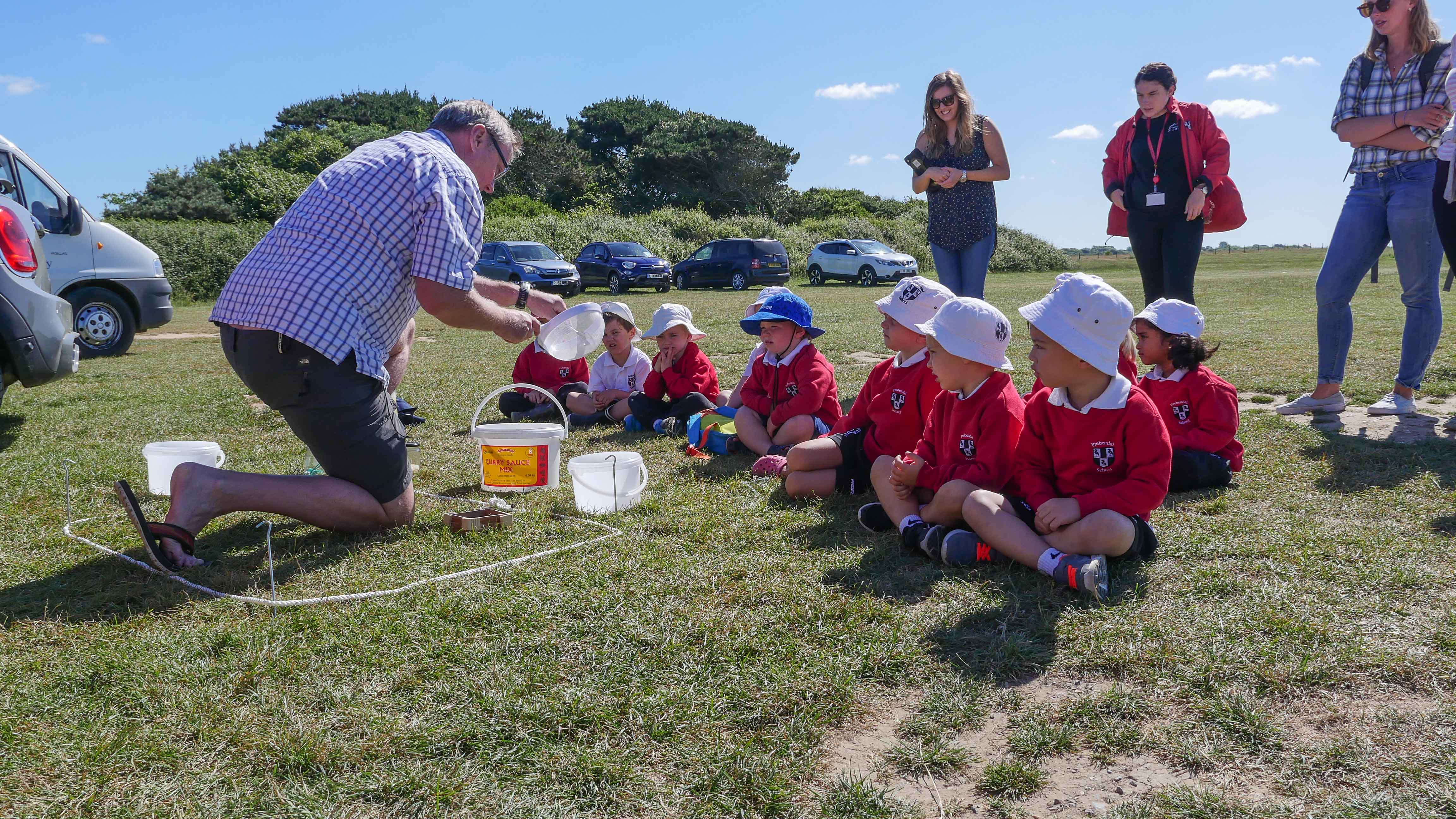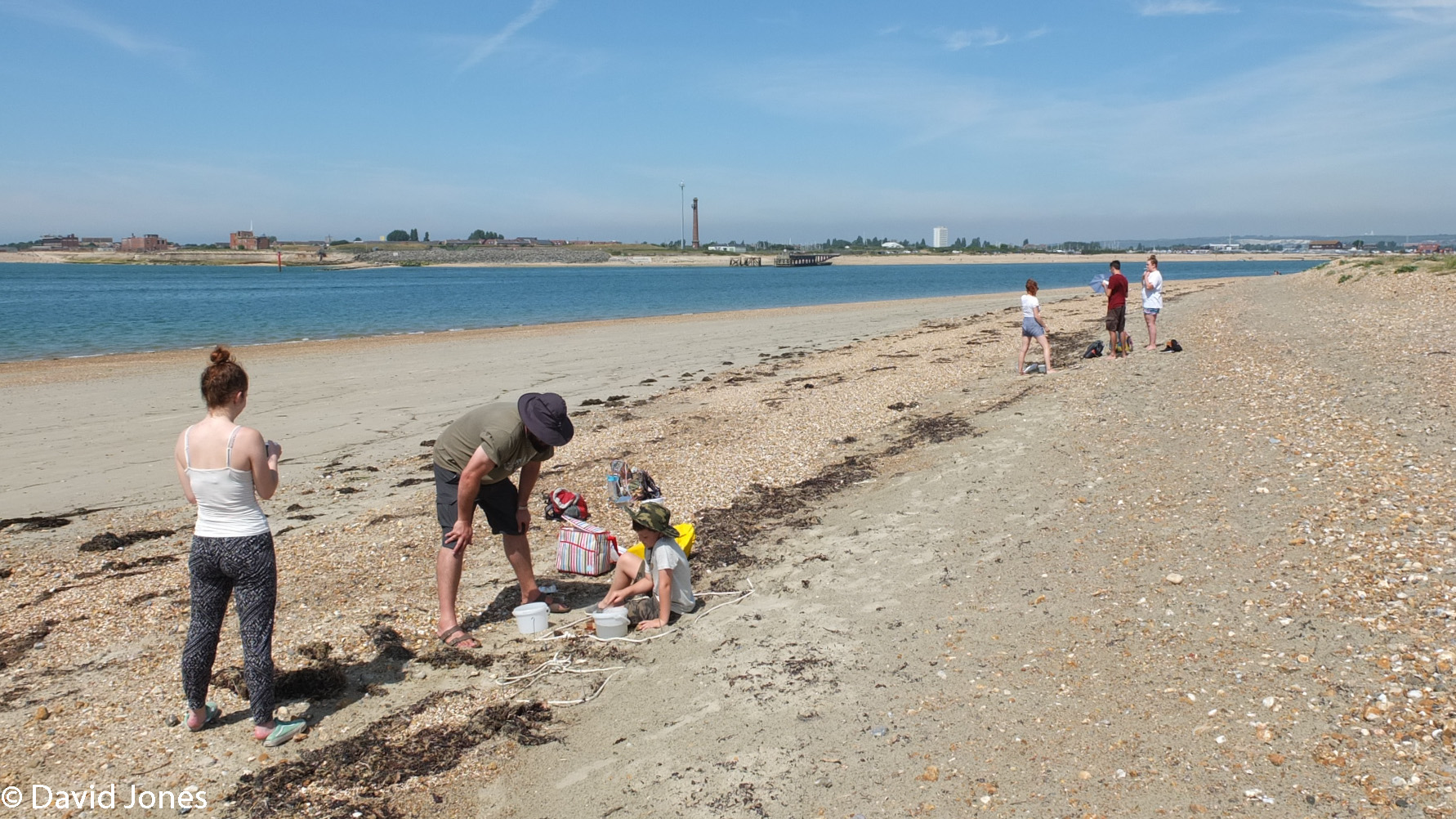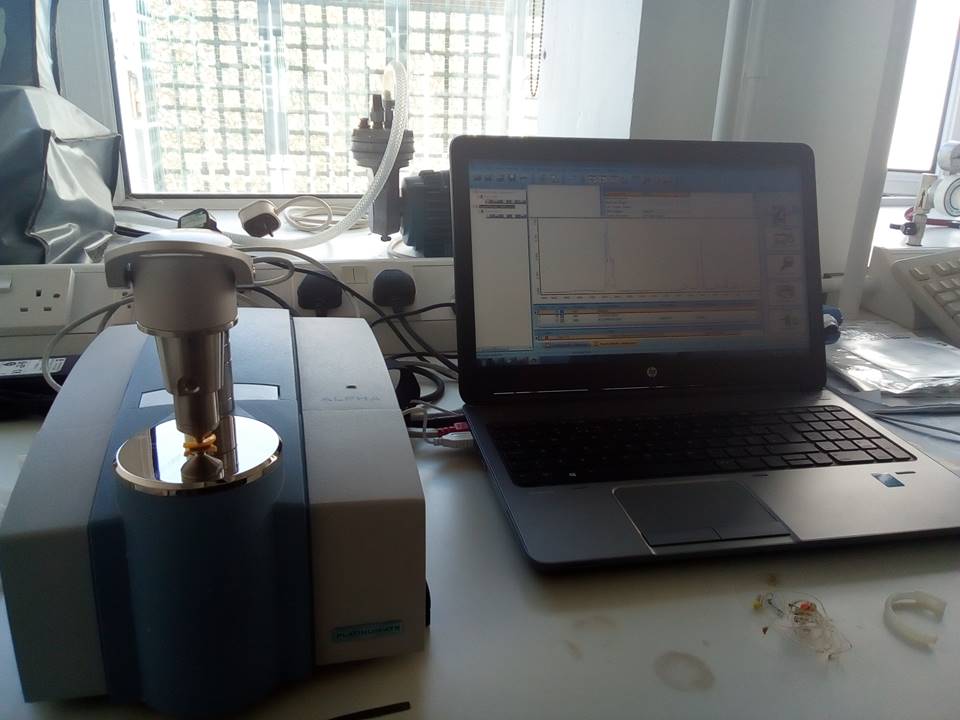I’m in, what now?
If you want to participate in The Big Microplastic Survey research project the process is relatively simple. All you have to do is follow the six steps below.
Step 1 – Download the resource pack and watch supporting videos
The resource pack contains all the information you will need to conduct your survey and analysis. This includes details on the procedures and the survey forms you need to complete and send to us. There are also a number of supporting videos on the ‘Supporting Videos’ page which you should watch. If you are not sure about anything please contact us before you press ahead with your survey. Please also make sure that you watch the short video about Health and Safety. Once you have read the details you can decide whether this project is for you.
Resource Pack Supporting Videos
The resource pack has now been translated into Korean and you can click on the link below to download a copy. When submitting data there is also a Korean guide to the data submission site which can also be found by clicking the link.
Resource Pack - Korean Korean Guide to Data Submission
Step 2 – Register
You need to register for the survey with the link at the bottom of the page. This lets us know who you are and that you have agreed to the terms and conditions of this project. Once you have registered you will be given your project registration number. You will need this registration number when you submit your data. However, before you register please read through the other steps.
Step 3 – Plan your survey
Decide on when and where you are going to conduct your survey. It might sound obvious, but we always recommend that you do the survey on an outgoing tide because it is safer. Please watch our Health and Safety video before you conduct your survey.
You might want to get some volunteers to help you. The survey can be done by one person, but it is more fun and you can collect more data if there are more of you.
We will want to know where you are going to do your microplastic survey which you can do using Google Maps. There is an explanation on how to do this in the resource pack but you can also find your location on the data app.
Step 4 – Undertake your survey
Enjoy the survey! We have found that they are a great opportunity to meet other people and find out things about the microplastic issue. You will see small things that you probably walked by in the past. One ‘sample’ for us is actually 5 small samples taken in 5 locations within a 25m stretch of coastline. This gives us a representative sample size of the area. Feel free to survey more than one location and feel free to do as many surveys as you want, even from the same place.
Step 5 – Analyse your samples
Now you have had some fun collecting your samples it’s time to find out what you have got. This involves drying the samples, sorting out any vegetation and comparing what you have got against our microplastic guide which is available in the resource pack. You might want to use our data recording form to help you record everything in your sample. We have written a blog post about how we analyse our samples which you may find useful.
Step 6 – Submit your data
Once you have been through the samples you can upload the data directly onto our database using the Big Microplastic Survey Data App. Please remember to include your survey registration number when you upload your data. If you don’t think you will have internet you can always download the pdf version of the survey data form and complete it manually then upload the data when you have a signal.
Survey Data Upload Link Korean Guide to Data Submission
Once you have submitted your data they will automatically appear in the results section of the database. You can see these by clicking on the Results tab.
Finally …
This whole process is not meant to be a ‘one-off’. The more data we have the better, even if it is from the same place.. So please feel free to repeat the process as often as you like, whenever you like.




